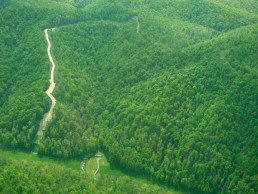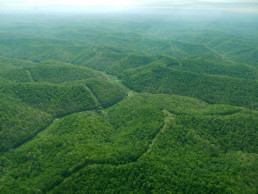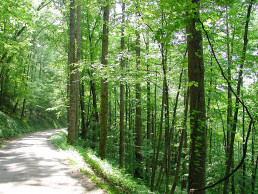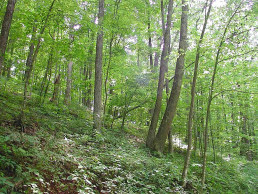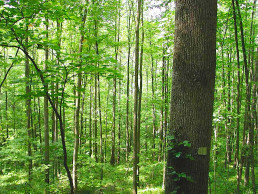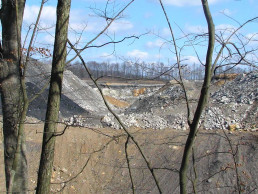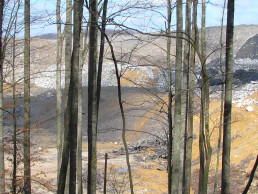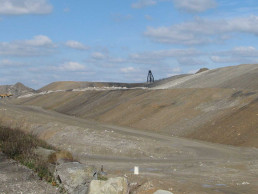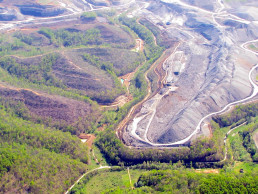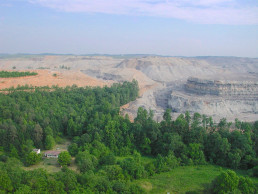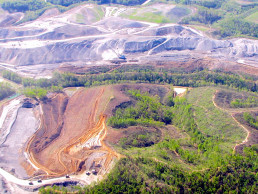Documenting Land Trauma
I took one photojournalism class for my BS in Environmental Communications from the Ohio State University, so that’s been put to good use. The truth is I am not a great photographer by any means; it’s just that I was one of the earliest people out there documenting this insane method of coal mining who also had a public platform to get the images out, that platform being the website of the group I work for, the Ohio Valley Environmental Coalition (OVEC).
Since the mid-1990s, when I first learned about it, a fervent desire of mine has been for this type of coal mining to be halted and forever banned. If my photos have helped build a movement calling for the abolition of mountain-top removal, then I have accomplished something in my life. But, to be clear, that accomplishment is sorely lacking until mountain-top removal is banned, and on that day, the accomplishment will belong to every person who joined the movement.
The rise of unconventional oil and gas drilling, the infrastructure it demands (such as processing plants and high-pressure, large-diameter pipelines), and its associated water usage and pollution issues have given rise to a whole new fossil fuel crisis. We also now face a proposed massive petrochemical-plastic build-out in our region.
Most of our politicians are handmaids to the fossil fuel corporations that want to have their way with our region. Most of them deny that climate chaos is already wreaking havoc here. Clearly there’s much work to be done to reimagine a better future for our region. I can’t take a photograph of our future, but, thanks to OVEC, I am part of a dedicated group of folks who work on the local level to bring about the global change we need. Please join and/or support our work!
Many residents of the Ohio River Valley have suffered water contamination due to coal slurry from mining practices being injected into their water sources.
A time-lapse of mountain-top removal across Appalachia from 1984 to 2018.
“If the wider world outside Appalachia understands what blowing up our mountains and burying streams looks like, the photography of Vivian Stockman should get a huge share of the credit.”
– Ken Ward Jr., Charleston Gazette-Mail
Galleries
In West Virginia, pipelines fragment forests of Doddridge, Wetzel and Marshall Counties.
Sugar Tree, Boone County, West Virginia | BEFORE mountain-top removal.
Sugar Tree, Boone County, West Virginia | AFTER mountain-top removal.
This is one site of the 25-square mile Hobet mountain-top removal coal mining complex, active between 1974 and 2015.
Aerials of Hobet mountain top removal.




